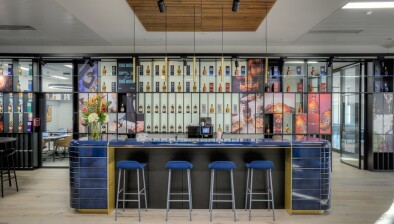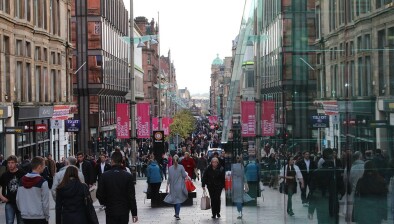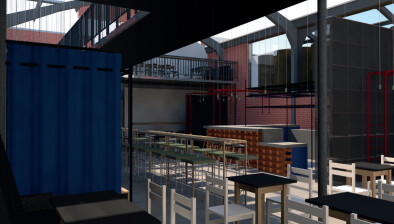New hospital theatre reception set to transform experience for children
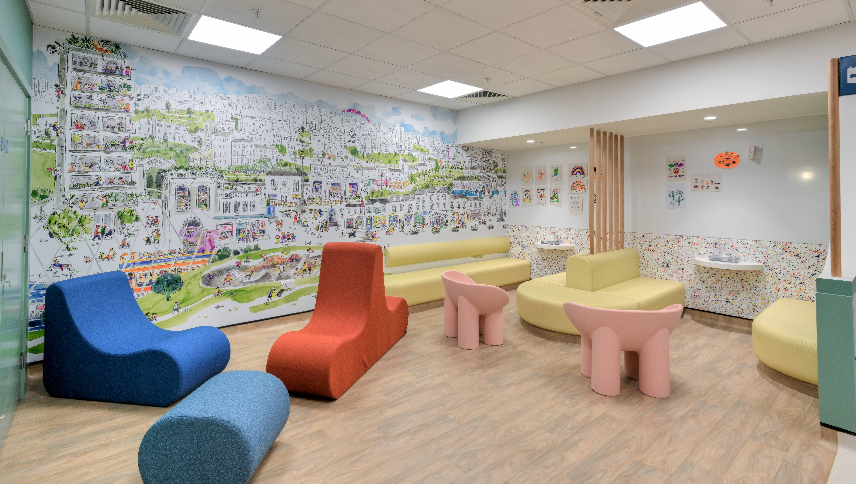
©Renzo Mazzolini Photography
A transformative project at the Royal Hospital for Children in Glasgow is set to benefit more than 10,000 children who require treatment at the hospital’s operating theatres each year.
In an innovative collaboration between the hospital and design studio Graven, the project is resetting traditional clinical design standards in paediatric care.
The design team, led by Ross Hunter of Graven, has been working in close collaboration with consultant anaesthetist Dr Alyson Walker and a wide range of stakeholders including patients, families, surgeons, nurses, and porters.
Dr Walker initiated the project five years ago and engaged with Graven in 2021. The project has been funded through the remarkable efforts of the Glasgow Children’s Hospital Charity and many dedicated businesses and fundraisers.
Explaining the vision for the project, Dr Walker, said: “For children, parents, and caregivers, visiting an operating theatre can be a daunting experience, whether it’s for a dental procedure or brain surgery. The stories that children and families share about their experiences in the theatre last a lifetime, so we want to make the experience as positive as possible.
“Hospital design has improved greatly in recent decades, however patients still find some clinical areas intimidating. I have been fortunate to be able to visit several centres of excellence around the world and have found this to be the case, even in relatively new buildings.
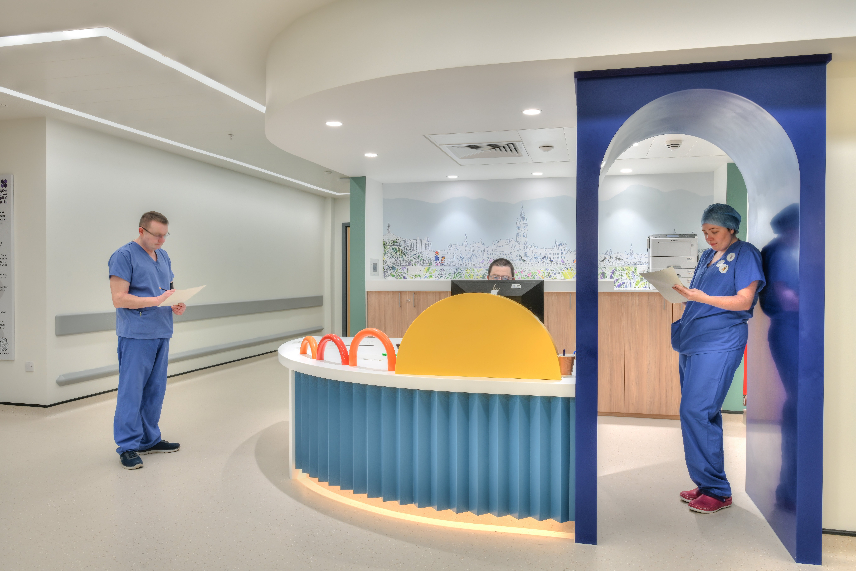
©Renzo Mazzolini Photography
“The project team set out to re-cast the journey patients make from our Theatre Reception to the Anaesthetic Room. The overall aim is to create a much friendlier environment, that is less traditionally clinical and therefore much more welcoming for young people and their families.
“Our Theatre Improvement Project set out to transform our theatre environment into one filled with empathy so that children, their families, and staff feel calmer and more welcomed.
“The new environment includes welcome distractions and, we hope, moments of joy for those visiting. This is important on both an emotional and clinical level. A more empathic environment will lead to less anxiety, greater satisfaction, less emergence delirium, fewer post-op side effects such as nausea and vomiting and a reduction in the need for pain relief.
“We are all deeply grateful for the support of the public, businesses, and Glasgow Children’s Hospital Charity for making our vision reality.”
Graven’s lead designer, Renee Chater, said: “One of the spaces is a small, very ordinary meeting room. The brief would seem simple but when asked the right questions it became clear that the spaces had numerous jobs, from consoling distressed parents to team meetings and staff interviews.
“We took all of this into account when redesigning the space and created something that is rich and uplifting - using colour, texture and commissioned illustrations from Mark Faulkner.
“In the reception area we re-orientated the key elements to create a less stressful flow to the space. The reception desk is a welcoming focal point. It is colourful and playful, low and approachable and nice to touch. The options for sitting and talking are numerous.
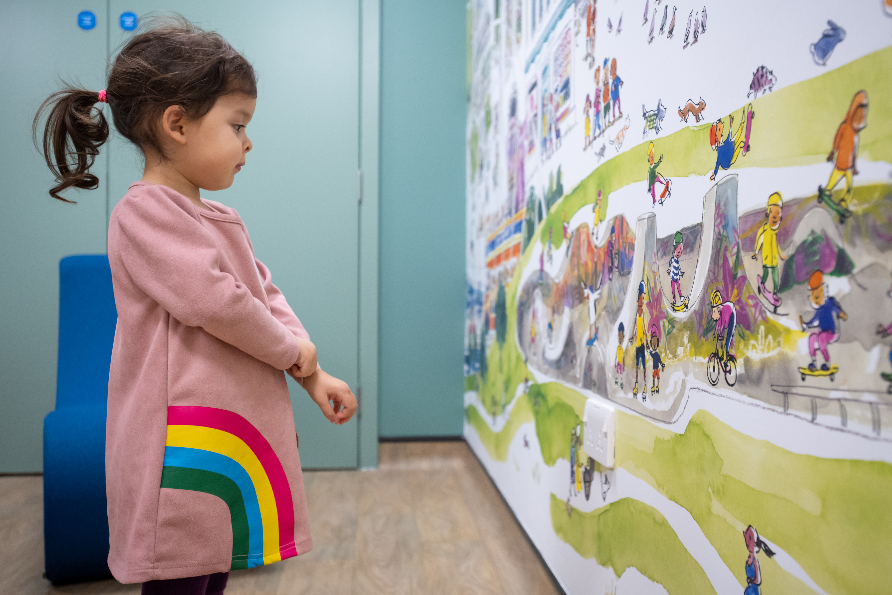
©Renzo Mazzolini Photography
“This is a space that must work for toddlers as well as teens, so we have created some idiosyncratic choices as well as booths and a ‘bus stop’.
“Illustrator Laura Darling was commissioned to draw the patient journey from City to the Countryside. The resulting work is crammed full of memorable stories and references shared by former patients, staff, and supporters. The illustrations, on a huge scale, span the journey from reception through the corridors presenting a narrative of unlikely creatures that accompany patients on their journeys around the hospital.”
Ross Hunter, director of Graven, added: “We’re delighted with the result – it’s energetic, and optimistic. It’s playful without being overtly childish. And it is deeply satisfying to see people interacting with design in a way that could never have happened before.
“Our project process, which draws from Service Design principles, was determined to engage with users at all levels so the result could be a sequence of spaces and experiences that really express care.
“There were workshops, conversations, mock-ups, models, visuals, questions and questionnaires. The project undoubtedly benefited from this intensity of involvement.
“There are positive lessons emerging form this project not just for Heath and Care sector projects, but any project where organisational hugeness threatens people centric decision-making.”













